Tongtianyan Scenic Area
Tongtianyan Scenic Area can be divided into two parts: ancient stone carving area and modern leisure area. Here, there are not only typical Danxia landscapes, but also cultural relics such as Wang Yangming's handwriting cliffs, caves and summer villas built for Zhang Xueliang under house arrest. Although the group of stone statues in the mountains is not comparable to top-level grottoes such as Mogao Grottoes, they are also regarded as outstanding in South of China.
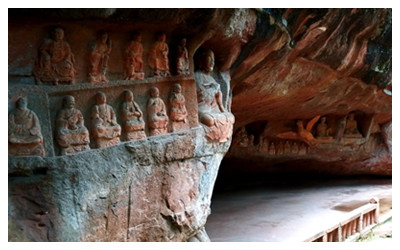
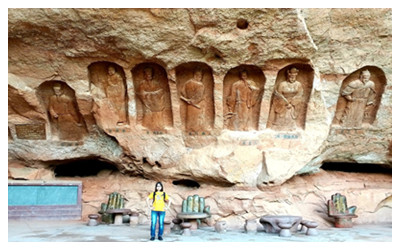
The stone carving area is concentrated in the inner ring near the gate of the scenic spot. There are five caves, including Guanxinyan Cave, Wangguiyan Cave, Longhuyan Cave, Tongtianyan Cave, and Cuiweiyan Cave, which are the focus of the tour.
It was said that Guanxinyan Cave was the place where the philosopher Wang Yangming once made lectures. The most worth seeing here is Wang Yangming's poems curved on the cliff.
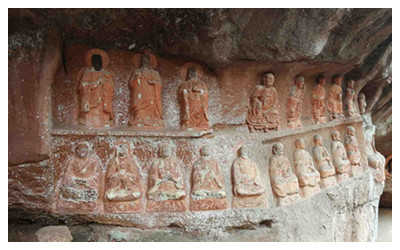
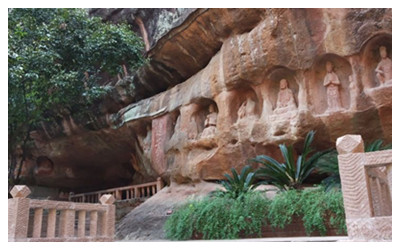
Longhuyan Cave, with stone inscriptions of the Song Dynasty, is the core attraction of Tongtianyan Scenic Area. Here is a ring-shaped mountain wall. The eight statues of the Tang Dynasty on the cliff are the oldest works in Tongtianyan Scenic Area. In the stone urn, the Buddhist image of Pilusana Buddha in the Song Dynasty and the relief of the five hundred Luohan embossed on the stone wall next to it are very magnificent. In the central area, you can also visit the Guangfu Zen Temple built against the mountain, the Shuanggui Hall and summer house built for General Zhang Xueliang. The environment is quiet and you can burn incense in the Buddhist temple to pray
Cuiweiyan Cave is nearby Tongtianyan Cave. There are cliff carvings with the three Chinese words "通天岩 (tōng tiān yán)", which is one of the landmarks of the scenic area. There are many old inscriptions around it, which can be read carefully.
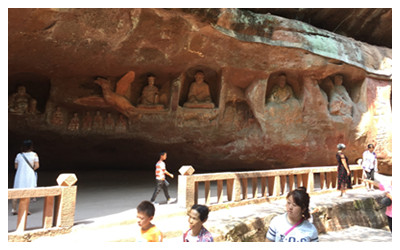
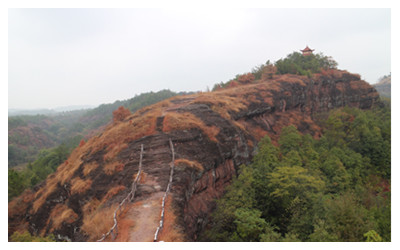
When you come here, the tour of ancient stone carvings area is over. From here, there is a fork in the road, one leading to the modern leisure area, the other leading to Wangjiang Pavilion on the top of the mountain. Standing at Wangjiang Pavilion, you can see the beautiful scenery of the mountains and rivers.
Travel Tips
Address: Huangsha Village, Shuixi Town, Zhanggong District, Ganzhou City
Telephone: 0797-8334418,0797-8334398
Official Website: http://www.tongtianyan.com.cn
Entrance Fees: CNY 80
Opening hours: May 1st-October 31st (summer) 08: 00-18: 00; November 1st-April 30th (winter) 08: 30-17: 30 the next year; ticket sales will be stopped half an hour in advance.







 Ask Questions ?
Ask Questions ?